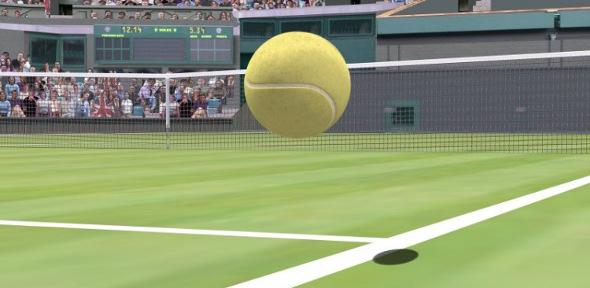
Engineering graduate Paul McIlroy, has recently returned to the Department of Engineering to study for a PhD in real-time computer vision. In between graduating and starting his PhD, he has achieved a huge amount.
I am now thoroughly enjoying my return to the Department and I feel my industry experience has enabled me to fully appreciate this valuable opportunity for learning and research.
Paul McIlroy
Paul explains how it all happened: "Hawk-Eye is a camera-based ball-tracking system that first made its name in cricket broadcasting, but is now most widely known as the system which allows tennis players to challenge line-calls at elite-level tournaments including Wimbledon. In my fourth year as an undergraduate I had the opportunity to pursue a research project based on this system thanks to links forged between the Machine Intelligence Laboratory and Hawk-Eye Innovations Limited.
"I was offered a full-time role with the company upon graduation and joined a team of three other full-time staff. Hawk-Eye had recently been spun out as separate company from Siemen's Roke Manor Research in Hampshire and in these early days was operating from a portable cabin at the Hampshire Rose Bowl cricket ground.
"I was initially responsible for improving the underlying computer vision algorithms the system is based on and I also enjoyed the opportunity to travel extensively to operate and develop the system at cricket and tennis events around the world.
"In 2004 the International Tennis Federation announced that it wished to implement an electronic review system for line-calls. Extensive development and testing was carried out at venues from Hampshire to Los Angeles over the course of more than a year to enable the system to meet the ITF's stringent accuracy and reliability criteria. I took on the role of Technical Director in 2005 and was joined in my development team by fellow Engineering graduate James Leigh. The system achieved the required ITF accuracy standard in New York in October 2005 and has since been employed as an umpiring aid at most major tennis events world-wide. Hawk-Eye now employs over 50 full-time staff with an in-house development team of six.
"Following the success of the tennis system, Hawk-Eye was invited to work with the Premier League to develop a goal-line technology for football. Despite Hawk-Eye successfully demonstrating its goal-line system to football's IFAB committee in 2008, FIFA voted last March to freeze development for now in favour of a trial of extra linesmen. The system is on ice for now, but I expect the technology issue in football will be revisited in the near future.
"I am extremely fortunate to have had the opportunity to work for such an exciting and successful company and to have been involved in the introduction of technology into sport. I had originally hoped to work in industry for a year or two before returning to academia to pursue a PhD in real-time computer vision. I am now thoroughly enjoying my return to the Department and I feel my industry experience has enabled me to fully appreciate this valuable opportunity for learning and research."

